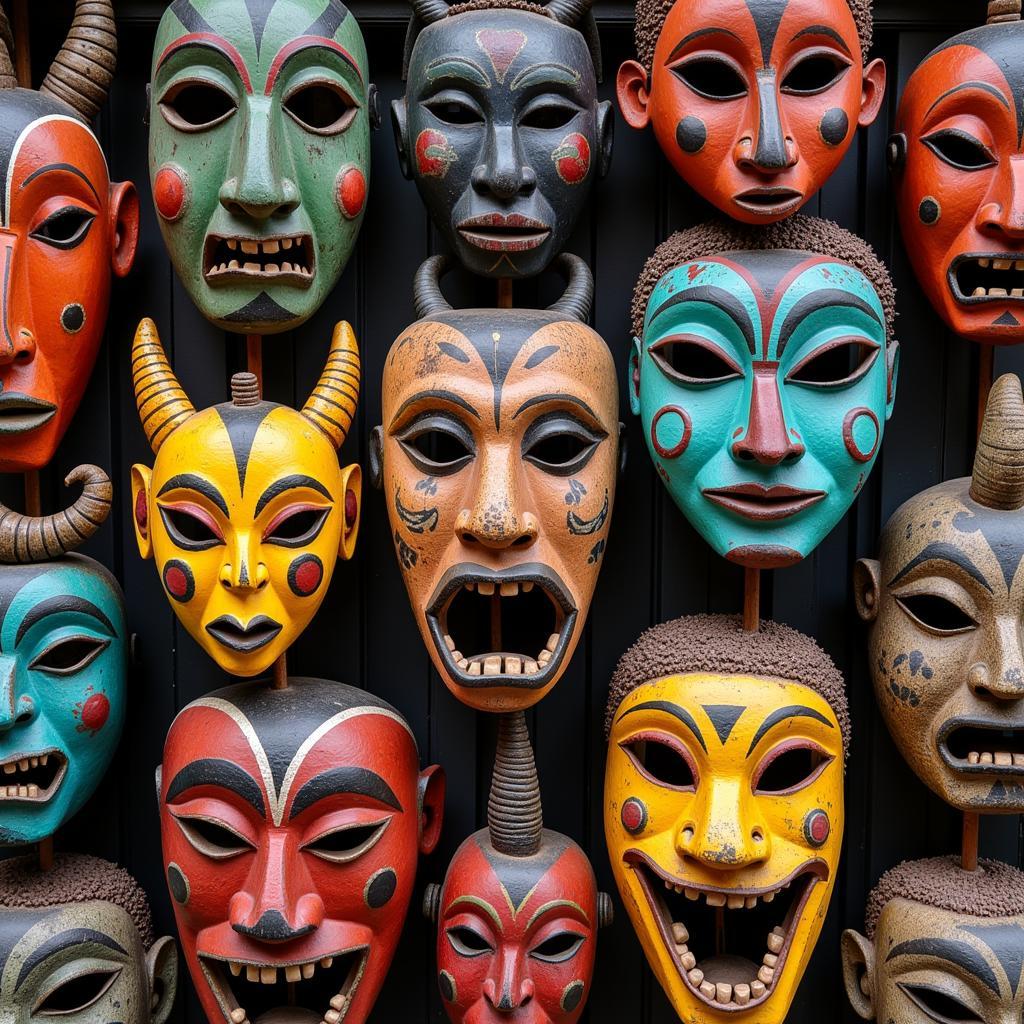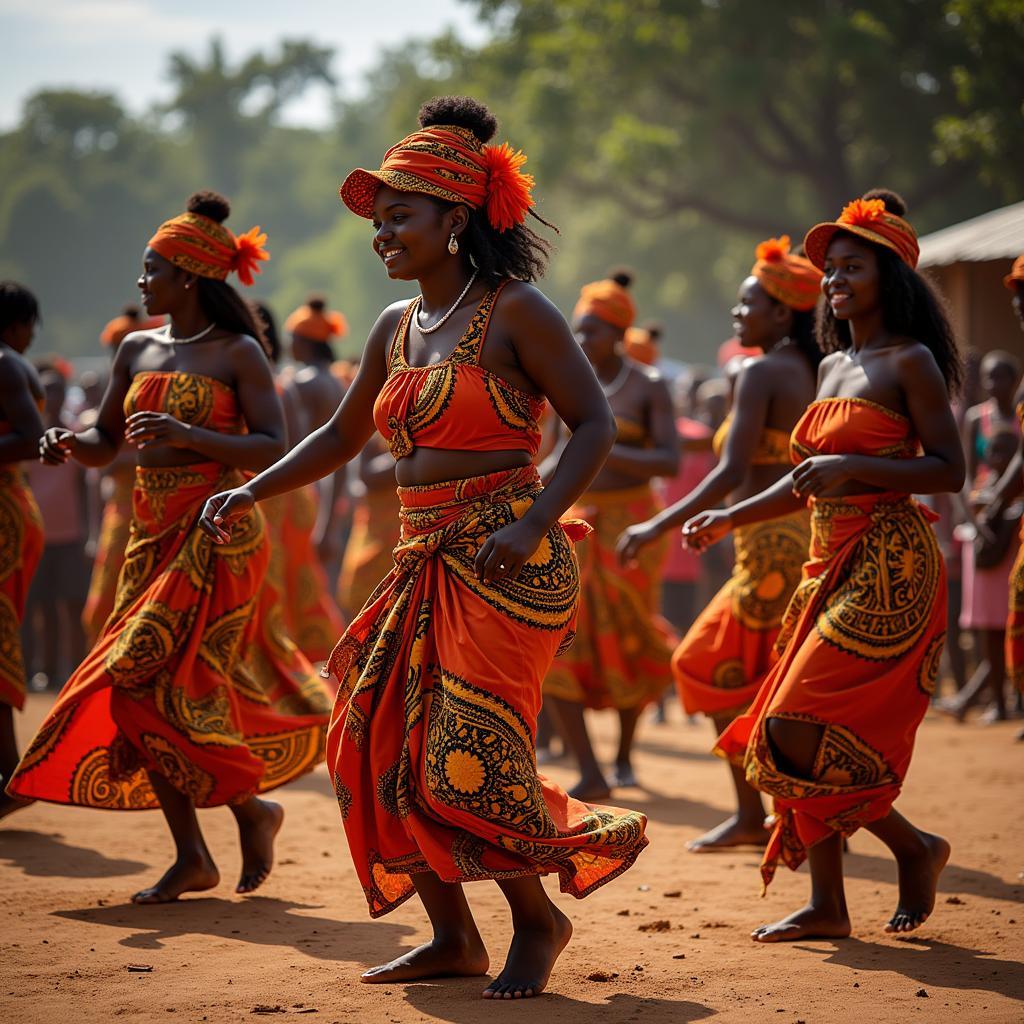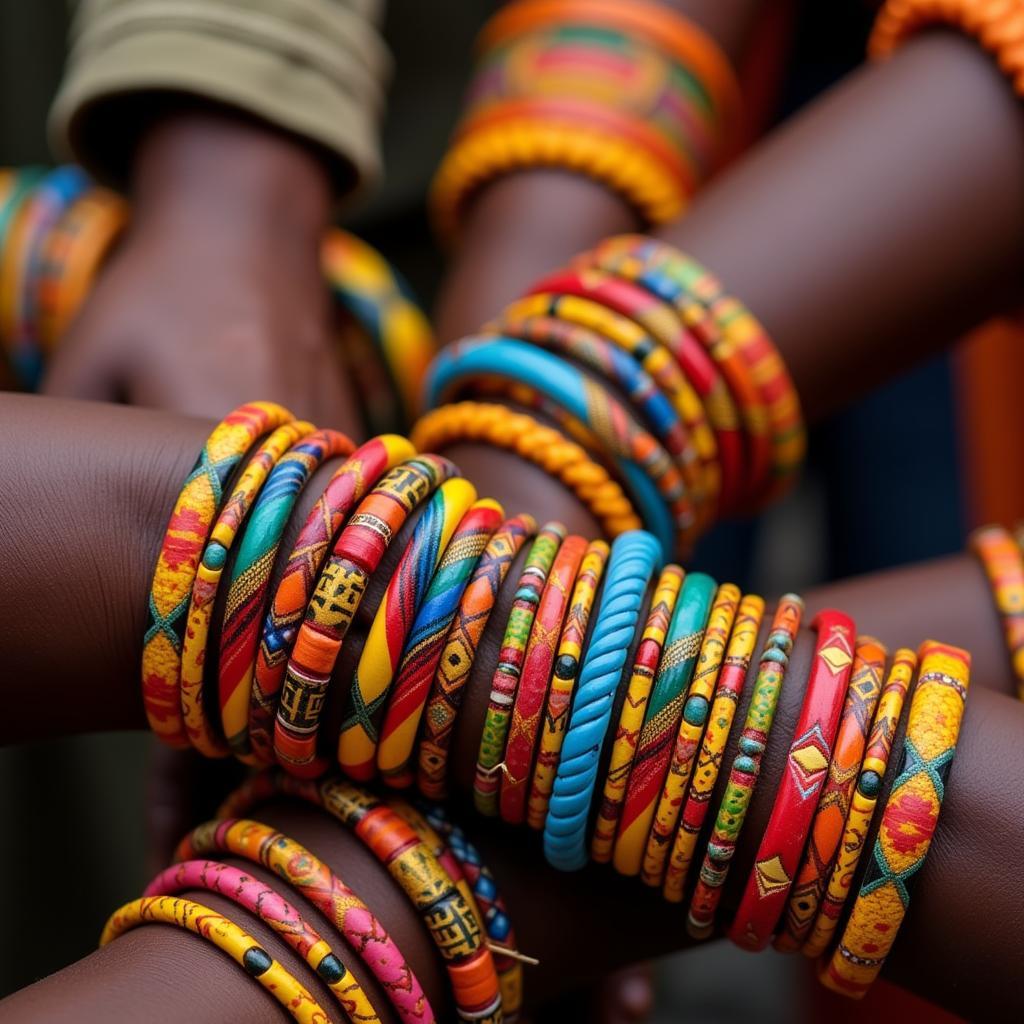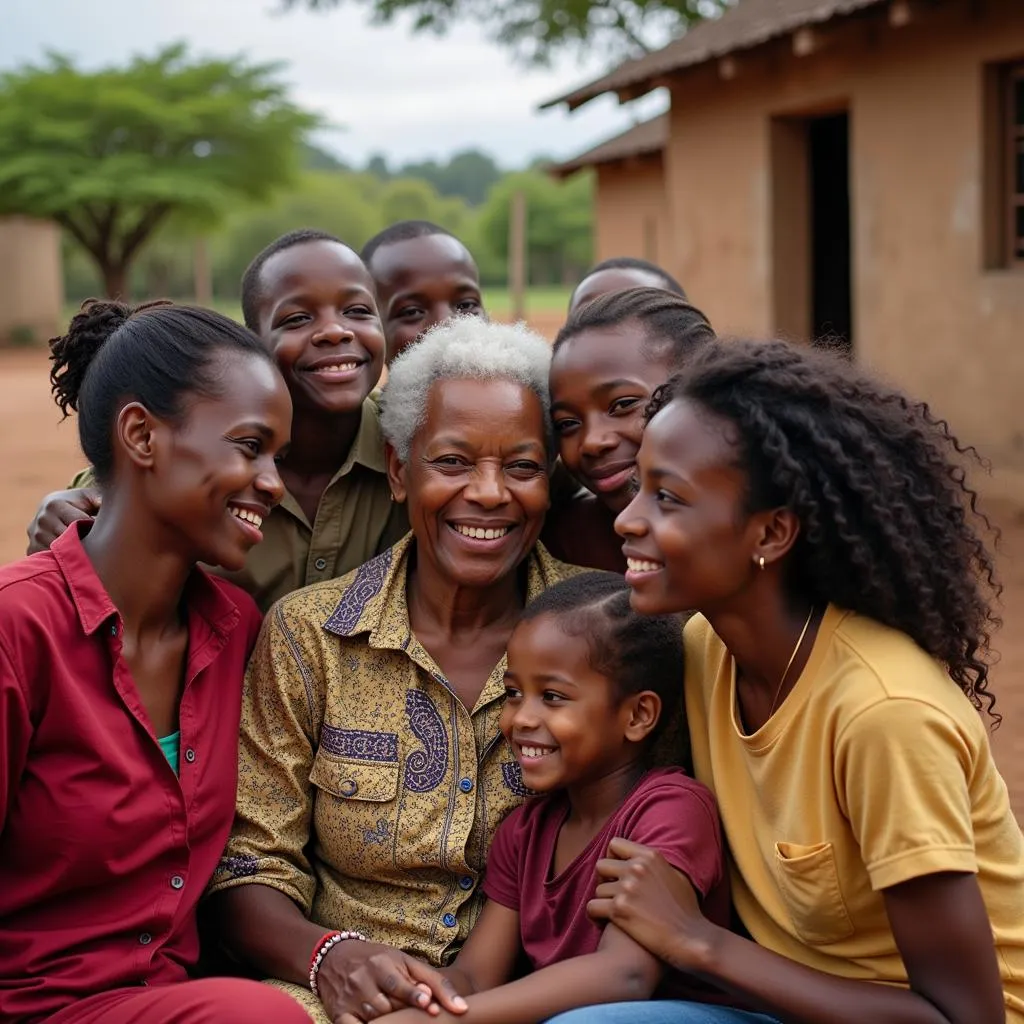Understanding the Complexity of the Term “African Race”
The term “African Race” is often used to categorize the diverse population of the African continent, but it’s a concept fraught with misconceptions and generalizations. While it’s true that Africa is home to a shared history and cultural tapestry, reducing its people to a single race overlooks the immense diversity and richness within the continent. This article delves into the complexities surrounding the term “African race,” exploring its historical context, genetic variations, and the dangers of racial categorization.
Debunking the Myth of a Homogeneous African Race
Africa is a vast continent, the second largest globally, encompassing 54 countries and a population exceeding 1.3 billion people. Within this vast expanse exists a kaleidoscope of ethnicities, languages, and cultural practices. From the Berber communities of North Africa to the Khoisan people of Southern Africa, the genetic and cultural variations are significant. To assume a single “African race” disregards this rich tapestry of human experience.
 African Tribal Masks
African Tribal Masks
The Legacy of Colonialism and the Construction of Race
The concept of race, as we understand it today, is a relatively recent social construct with its roots deeply embedded in the era of colonialism. European powers, during their conquest and exploitation of Africa, imposed racial hierarchies to justify their actions and assert dominance. This division, based on superficial physical characteristics, served to dehumanize and categorize Africans as a homogenous group, ignoring the deep-rooted cultural and ethnic differences that existed.
Genetics Tell a Story of Diversity
Modern genetic research has conclusively debunked the notion of a single “African race.” Studies reveal that Africa possesses the oldest and most diverse human genetic makeup on the planet. The human story began in Africa, and over millennia, populations migrated and evolved, resulting in the incredible genetic variations we see today.
For instance, the genetic differences between a Yoruba person from Nigeria and a San person from Namibia can be as significant as those between a European and an Asian individual. This genetic diversity underscores the flawed nature of using broad racial categories to define the people of Africa.
 African Dance Performance
African Dance Performance
Cultural Diversity: A Tapestry of Traditions and Languages
Africa boasts an astounding array of cultures, each with its unique traditions, languages, and social structures. From the intricate beadwork of the Maasai people in East Africa to the vibrant kente cloth weaving of Ghana, the continent is a testament to human creativity and cultural expression.
Linguistically, Africa is home to over 2,000 distinct languages, further highlighting the incredible diversity that exists within its borders. These languages represent not just different ways of communication but also unique worldviews and cultural perspectives.
Moving Beyond Race: Embracing African Humanity
Instead of relying on outdated racial categories, understanding the true essence of “Africanness” requires acknowledging the continent’s internal diversity. It’s about recognizing the shared history, struggles, and triumphs while celebrating the unique cultural expressions and contributions of each ethnic group.
 African Friendship Bracelets
African Friendship Bracelets
The term “African race” serves as a stark reminder of the dangers of oversimplification and the enduring legacy of colonialism. Moving forward, we must embrace a more nuanced understanding of Africa and its people, one that celebrates their individuality, resilience, and the incredible tapestry of cultures that make up this remarkable continent.

